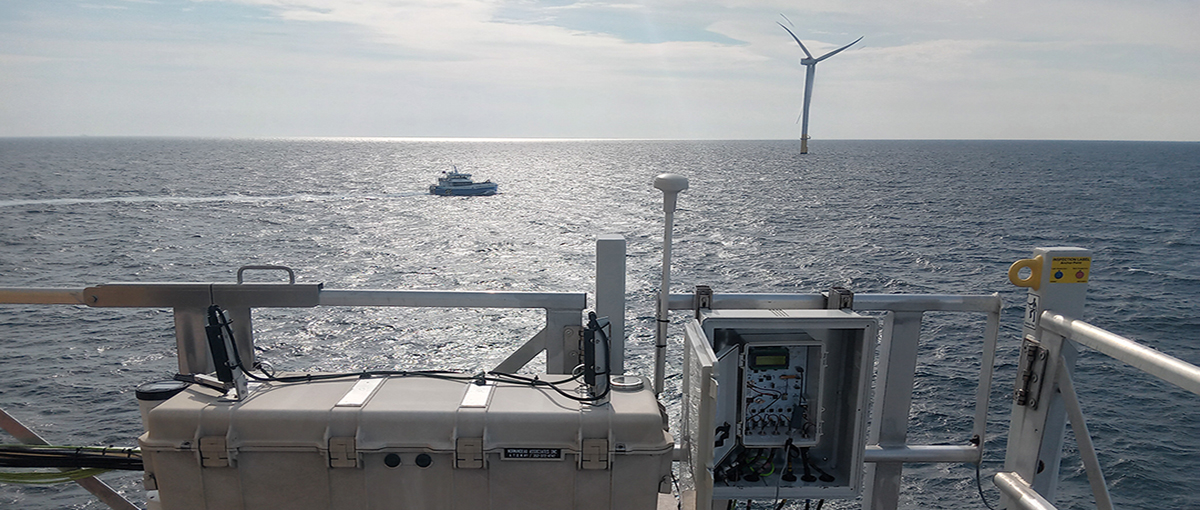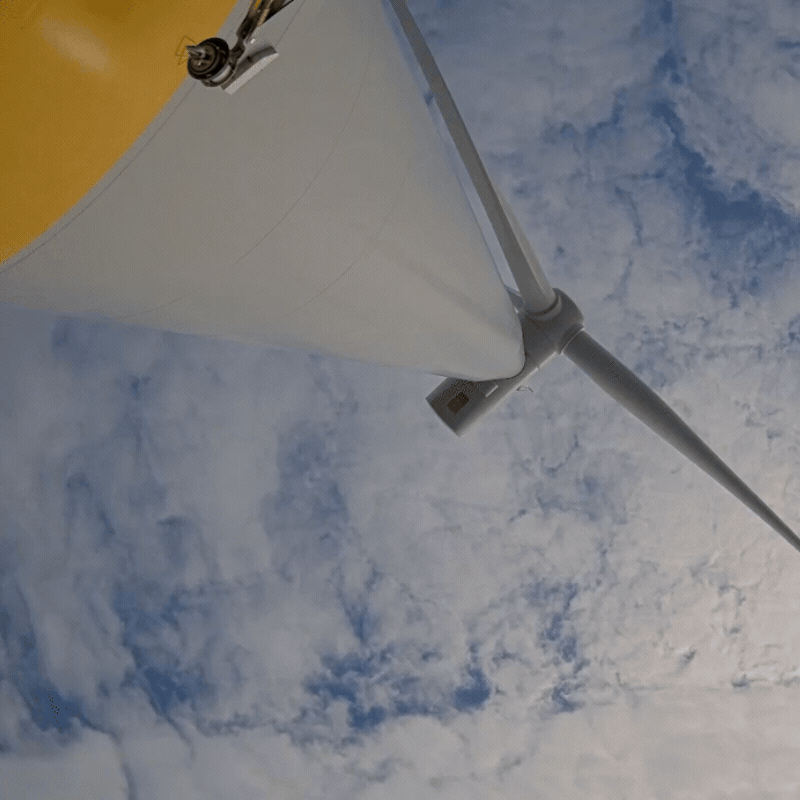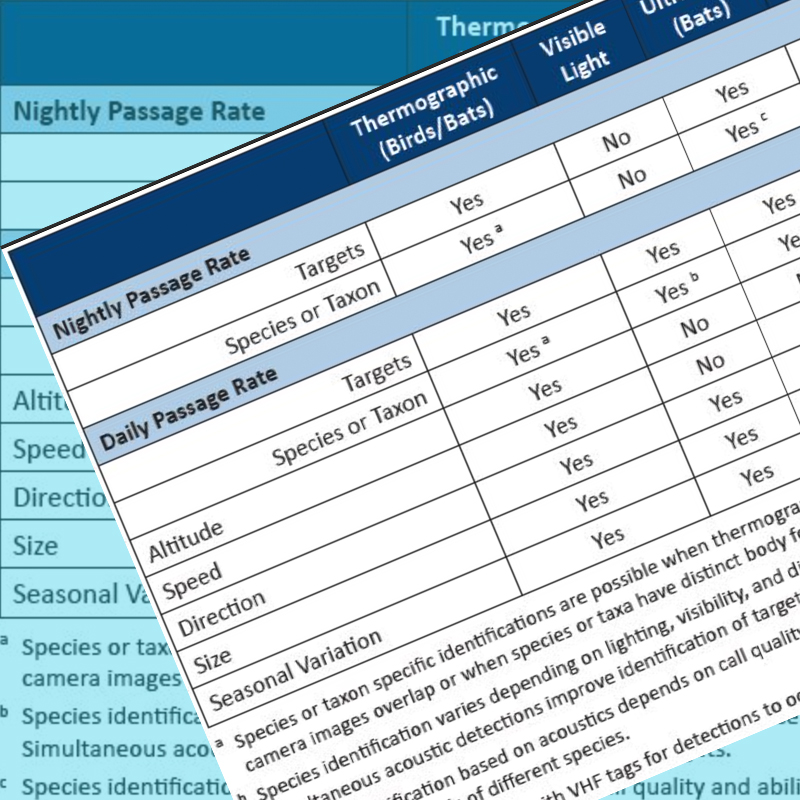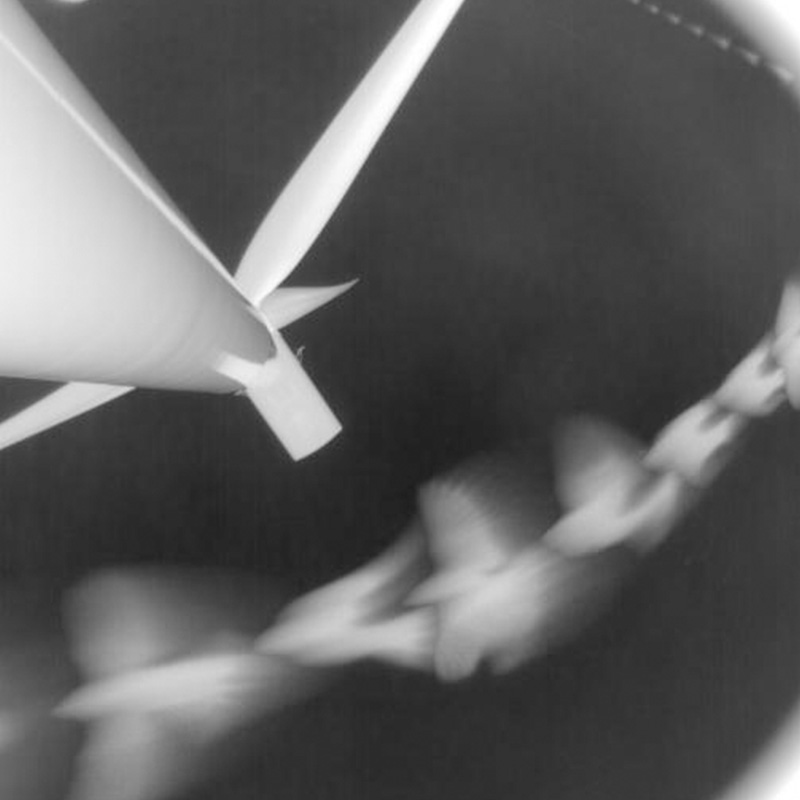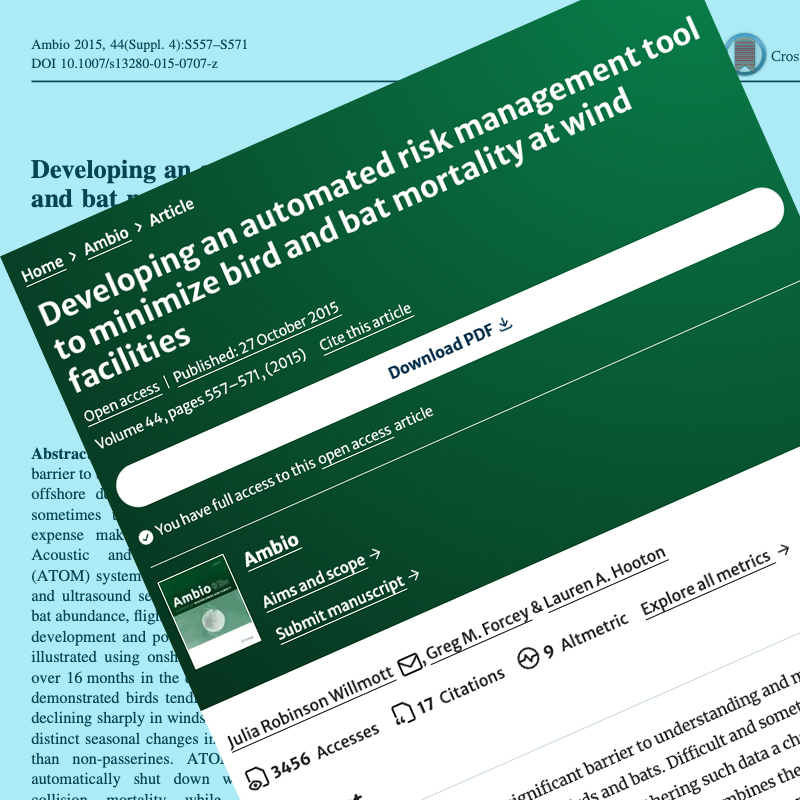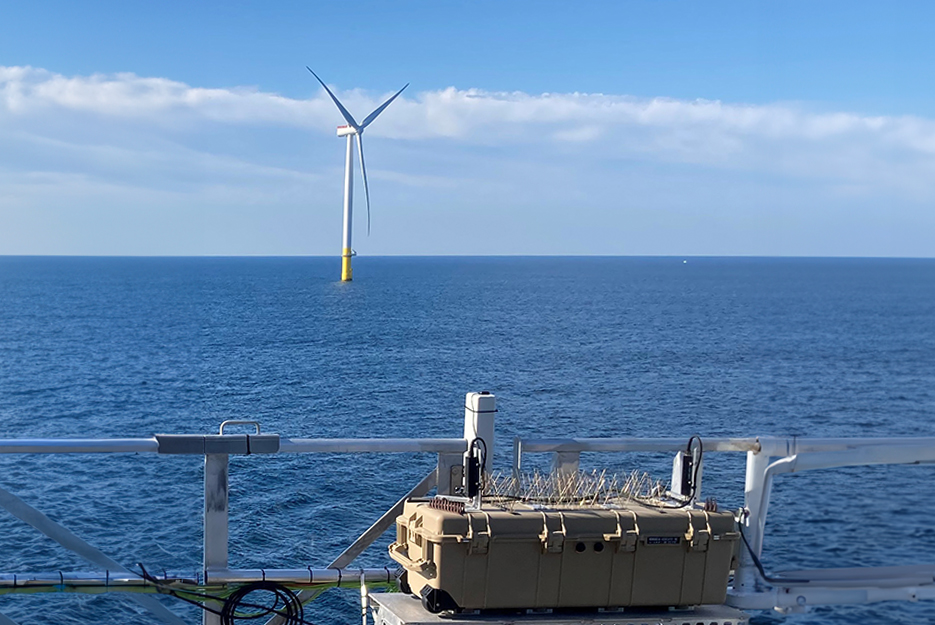Birds and Bats Offshore
The offshore environment presents logistical and environmental challenges to studying wildlife. Remote sensing technology like ATOM permits 24/7 data collection of bird and bat activity offshore in all weather conditions, overcoming the many challenges with collecting data in this harsh environment.
